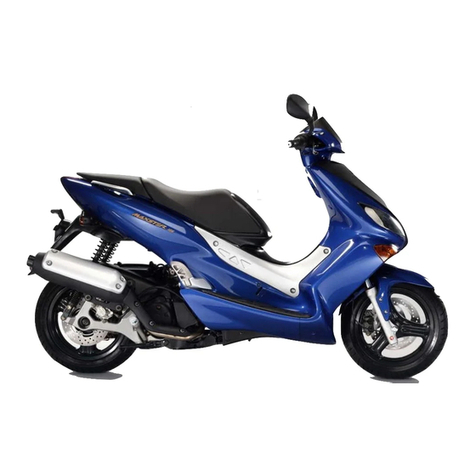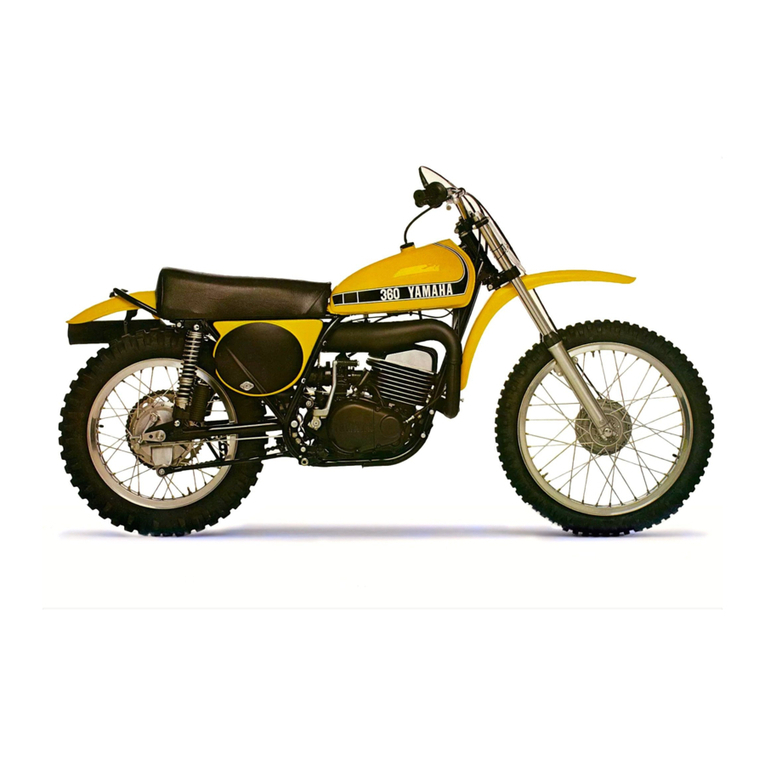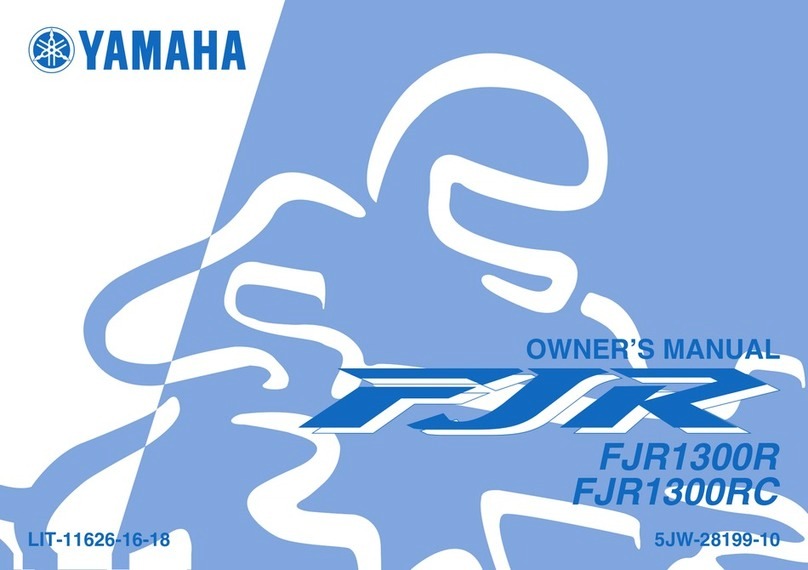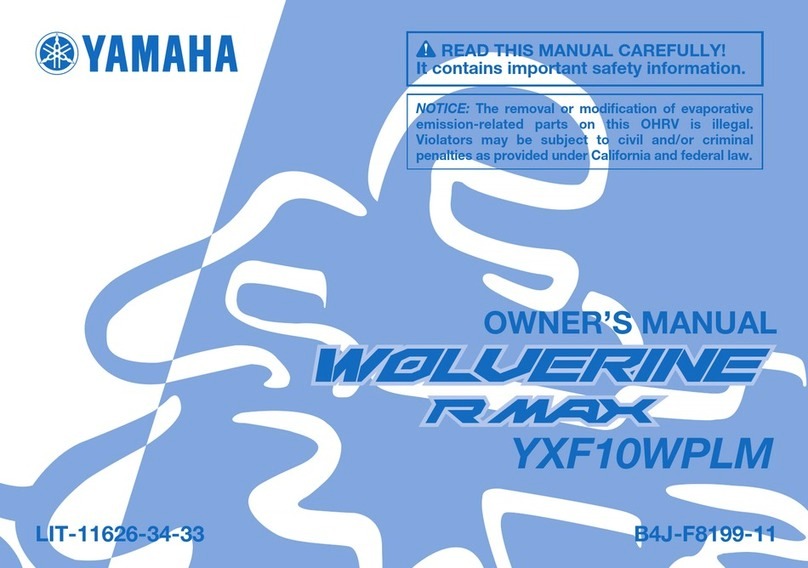Yamaha XS850G User manual
Other Yamaha Motorcycle manuals
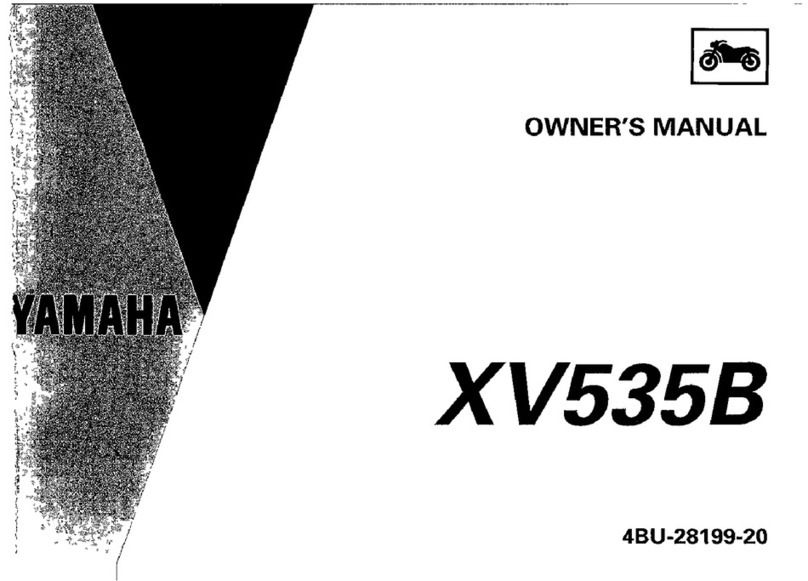
Yamaha
Yamaha 1992 XV535B User manual
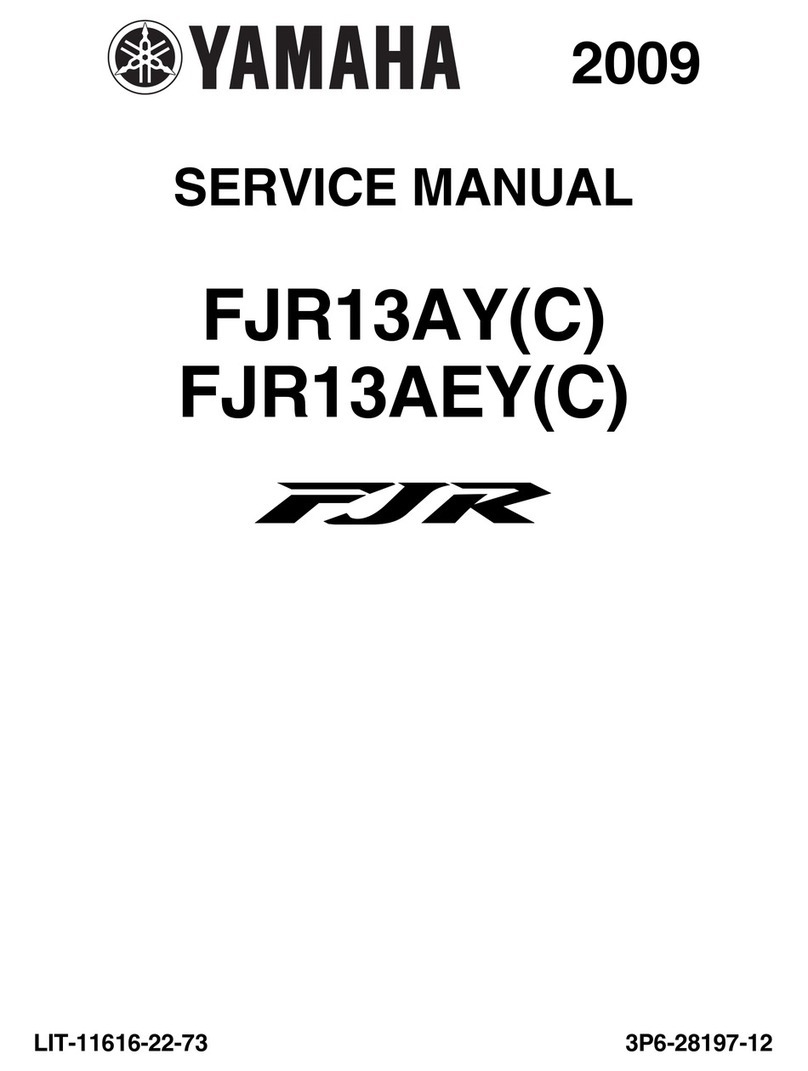
Yamaha
Yamaha FJR13AY 2009 User manual
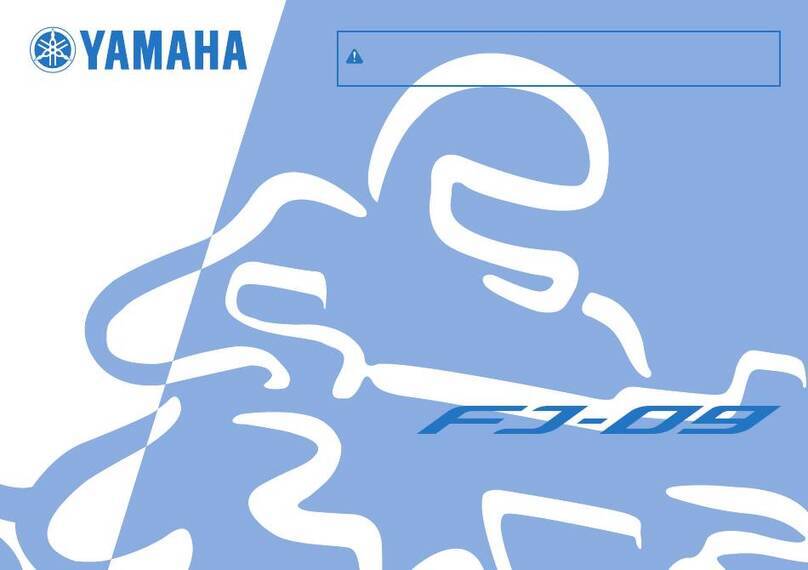
Yamaha
Yamaha FJ-09 2014 User manual

Yamaha
Yamaha FAZER FZ1-S User manual
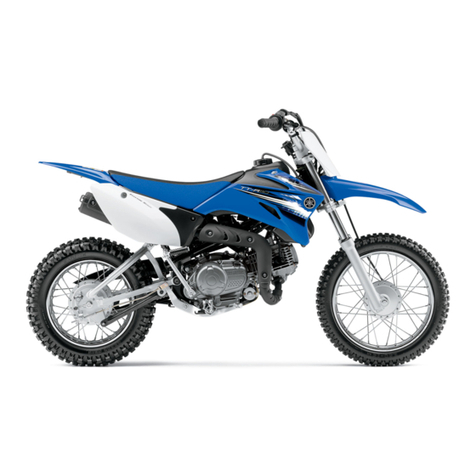
Yamaha
Yamaha TT-R110E User manual
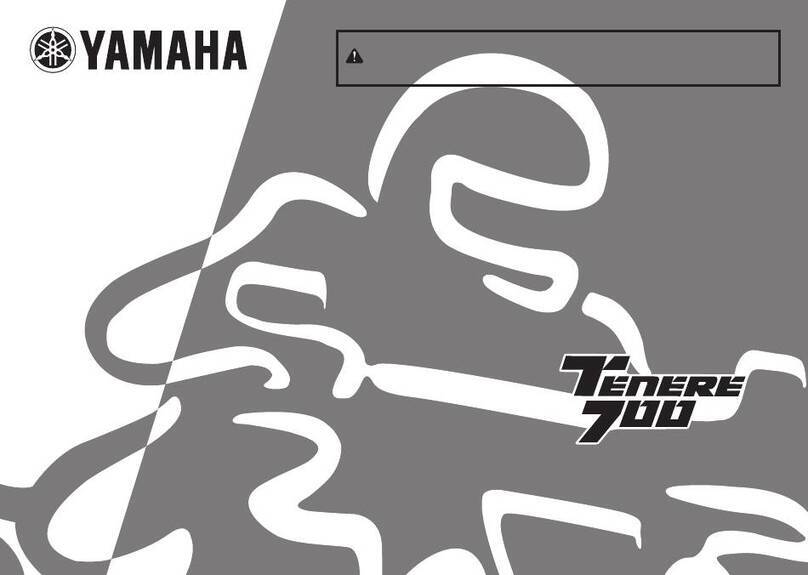
Yamaha
Yamaha Tenere 700 User manual
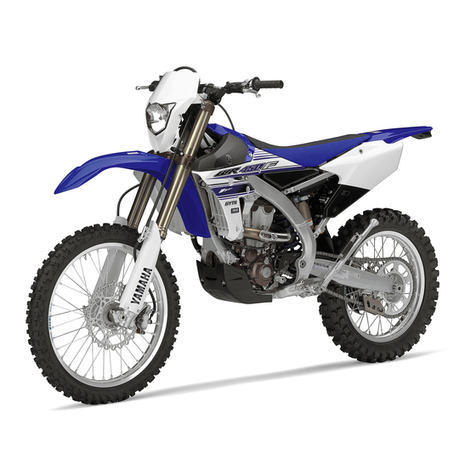
Yamaha
Yamaha WR450F Application guide
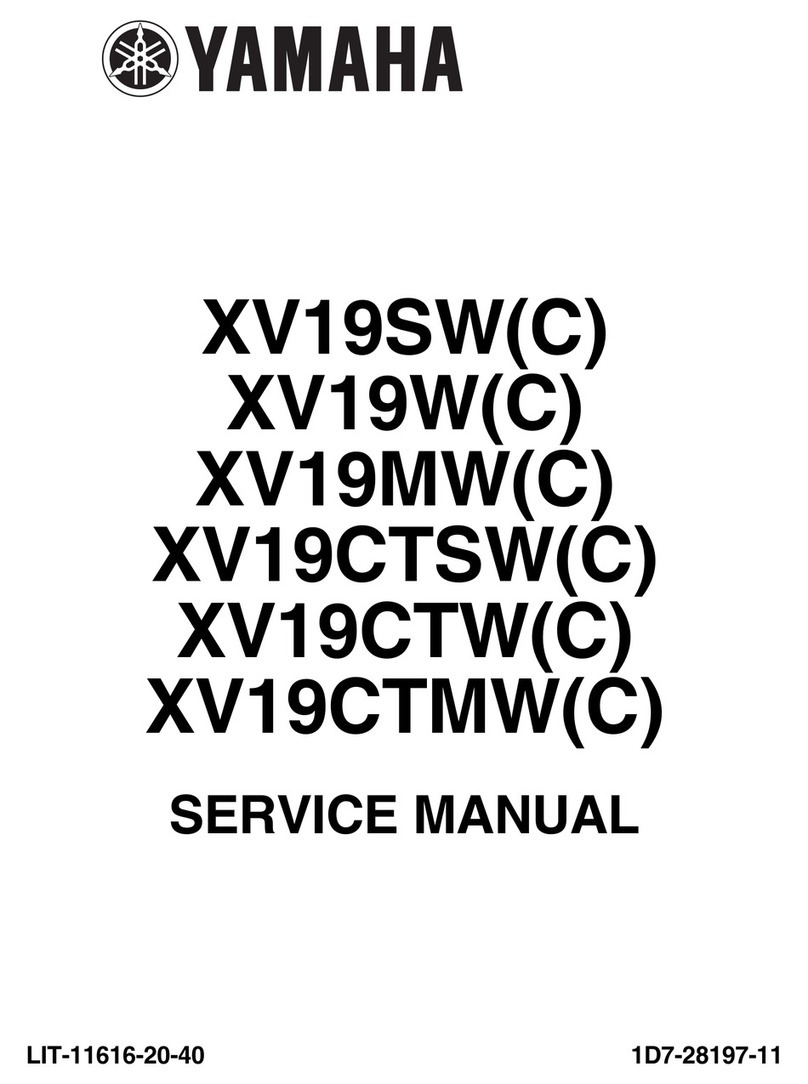
Yamaha
Yamaha XV19SW 2006 User manual
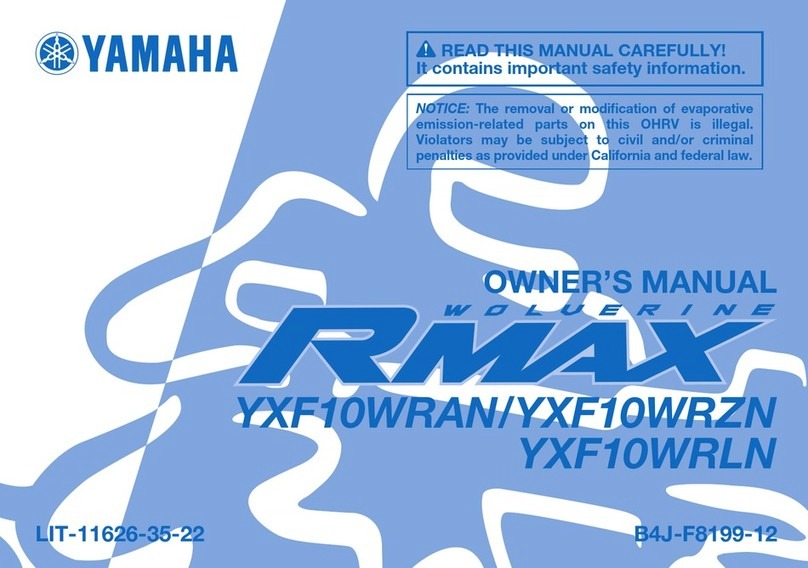
Yamaha
Yamaha YXF10WRAN User manual
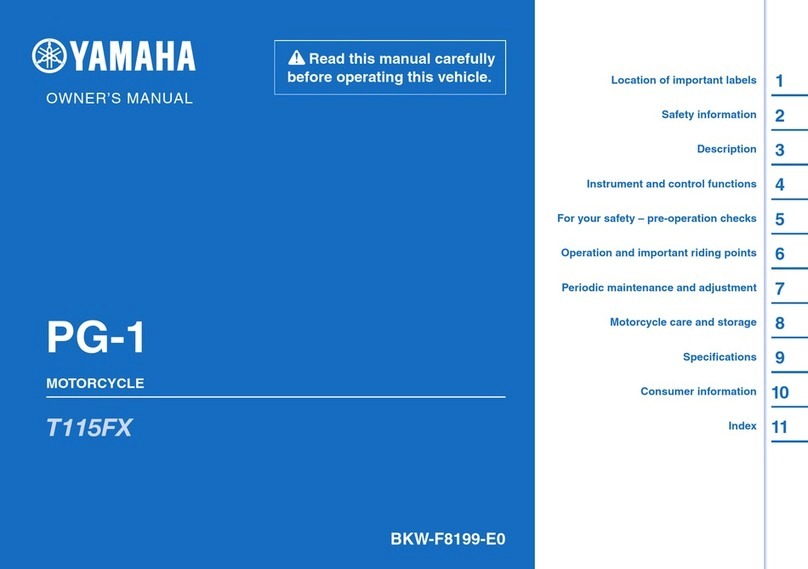
Yamaha
Yamaha PG1 User manual

Yamaha
Yamaha Super Tenere ABS 2018 User manual
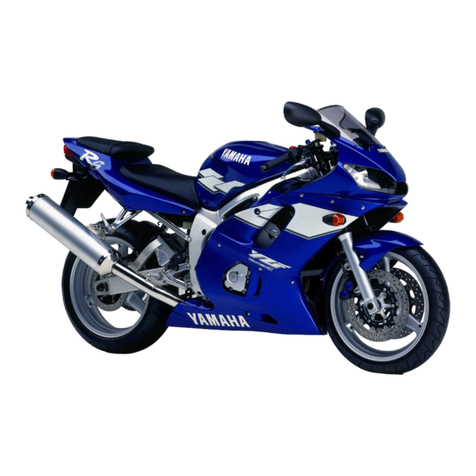
Yamaha
Yamaha YZF-R6 User manual
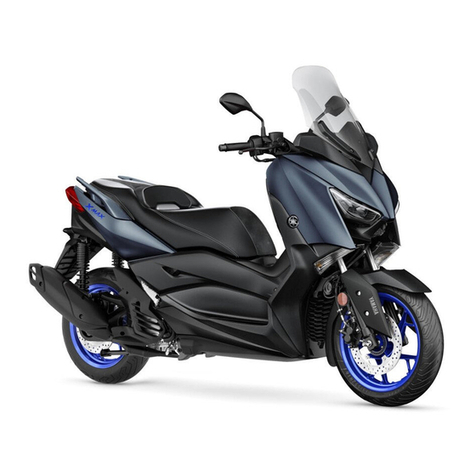
Yamaha
Yamaha XMAX 2022 User manual
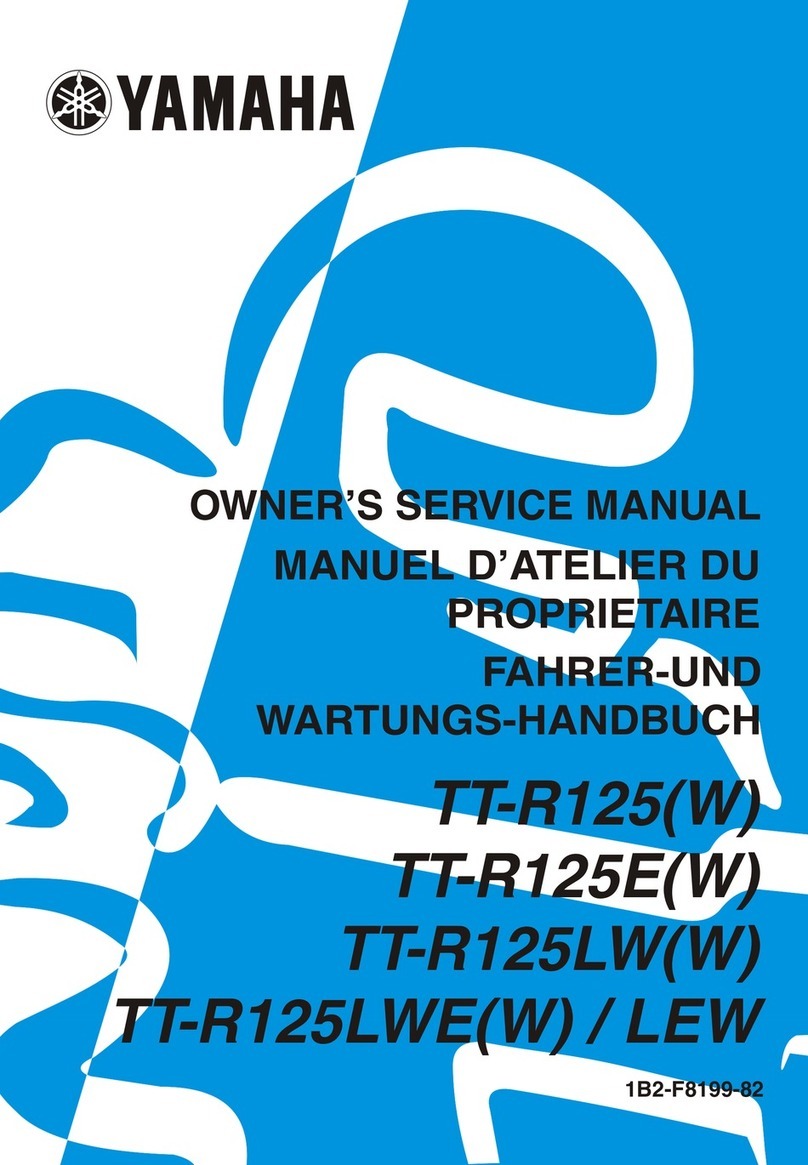
Yamaha
Yamaha TT-R125(W) 2006 Application guide

Yamaha
Yamaha DT100A 1974 User manual
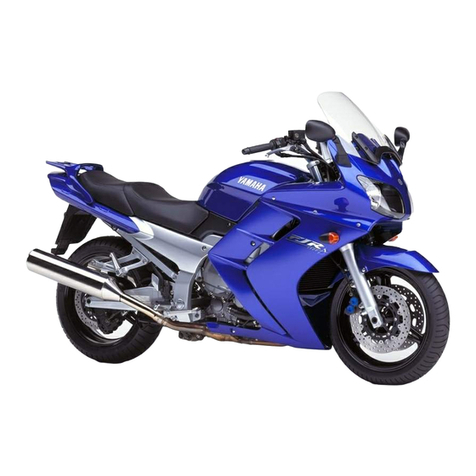
Yamaha
Yamaha FJR1300N 2001 User manual
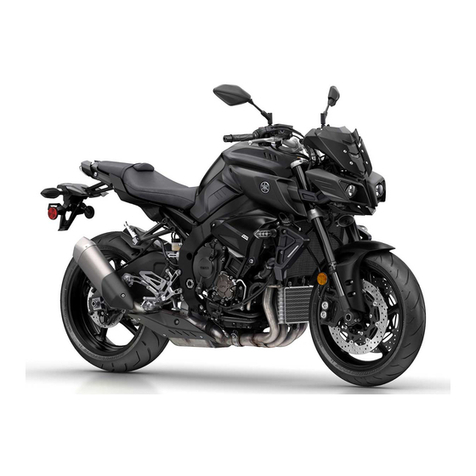
Yamaha
Yamaha MT-10 2019 User manual

Yamaha
Yamaha SR 500 User manual
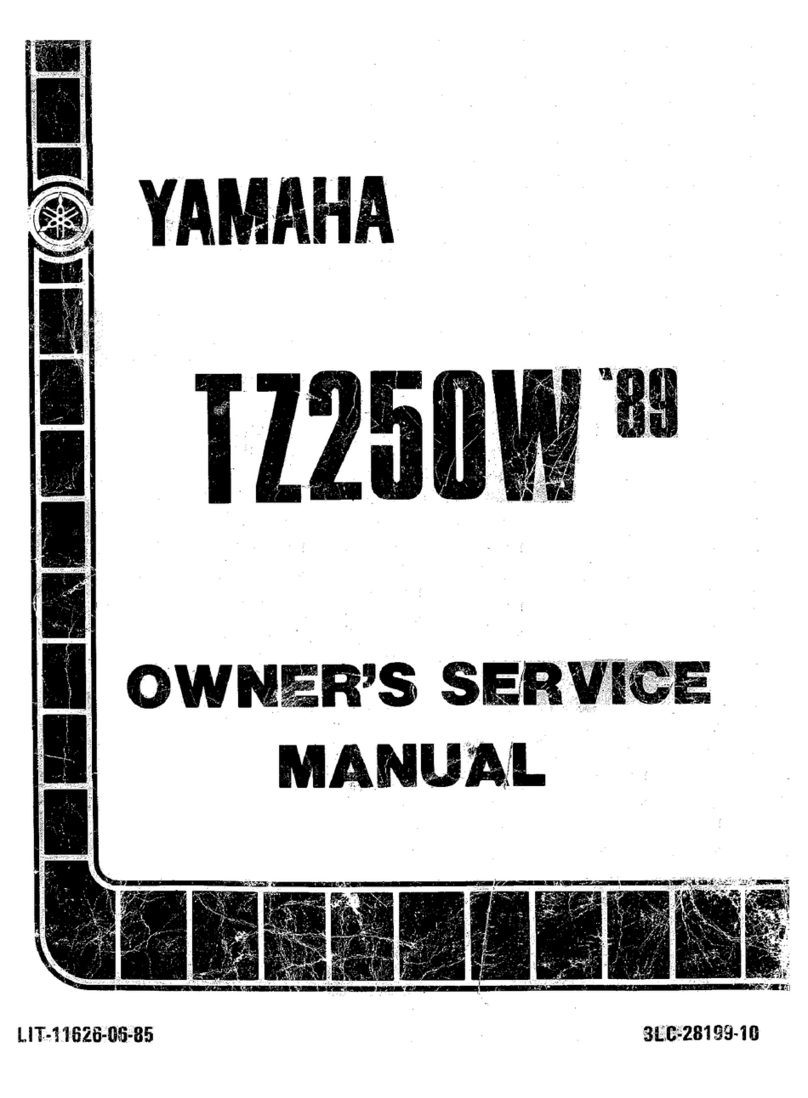
Yamaha
Yamaha TZ250W User manual

Yamaha
Yamaha XT 125R 2005 Operating and installation instructions
Popular Motorcycle manuals by other brands

MV Agusta
MV Agusta Brutale 675 Workshop manual

APRILIA
APRILIA RSV MILLE - PART 1 1999 User manual content

Royal Enfield
Royal Enfield Himalayan 2018 owner's manual

SSR Motorsports
SSR Motorsports Lazer5 owner's manual

MOTO GUZZI
MOTO GUZZI 2005 Griso 1100 Use and maintenance book

KTM
KTM 85 SX 19/16 owner's manual
